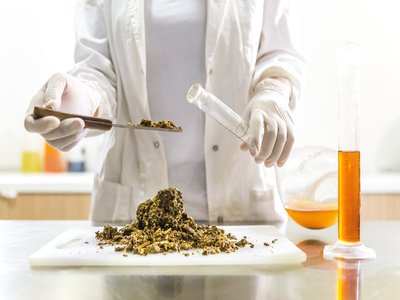Guna is the one due to which people get attracted to a substance. The substance derives its ability to carry out action karma because of its guna.
Guna Definition
Guna is defined as one which stays with a dravya inseparably, does, not take initiative in bringing about an action but is the cause of the action [karma] of a dravya.
समवायी तु निश्चेष्ट कारणं गुण । Ch.si, 1/51
Types of Gunas
Ayurveda has described 41 different gunas. They are summarized as follows –
सार्था गुर्वादयो बुद्धिः प्रयत्नान्ताः परादयाः ।
गुणाः प्रोक्ताः . Il Ch. su.1/49
They are 5- Indriyaarthas, Artha means subjects of knowledge of five dnyanendriyas (qualities of five senses). viz. shabda, sparsha, roopa, rasa and gandha respectively.
Gurvadi Guna20 is called Sharira Gunas.
Buddhi etc. are six Atma gunas and addition of paradi gunas make total of 41 gunas.
They are subdivided into 1) Adhibhautik 2) Adhyatmik gunas.
Adhyatmika Guna
They are related to ‘Atma’ i.e. soul. They are Ichha, Dvesha, Sukha, Duhkha and Prayatna. Chetana, (Dhruti, Smriti and Ahankara are parts of) Buddhi.
इच्छा द्वेपः सुखं दुःखं प्रयत्न से चेतना धृति: ।
बुद्धिः स्मृतिरहंकारो लिङ्गानि परमात्मनः ।। Ch.su.1/71
[ii] Adhibhautic Gunas
They are related to five Mahabhutas. They are thirty-five number and are subdivided into shabdadi five, gurvadi twenty and paradi ten gunas. Gurvadi and paradi together are called as Samanya and Szhabdadi as Vishesha gunas.
Gurvadi gunas will denote the common properties of tissue (dhatus) of human body as well as the drugs (dravyas). Hence they are termed as Sariraka gunas by Kaviraja Gangadhara.
Paradi gunas are very essential during the administration of the drugs. Therefore may be considered as Chikitsopayoga Gunas.
Both these groups are representing the general qualities of Panchamahabhutas. Thus they are called as “Samanyagunas”. However, Shabda, Sparsha, Rupa, Rasa & Gandha are the specific qualities/properties of each Bhuta individually. Hence are known as Vaisheshika gunas. Both Samanya and Vaisheshika gunas are related to the physical or material world and are know ‘Adhi-bhoutika gunas’ whereas the Atma gunas are beyond the physical world and are related to the spiritual world. Hence they are known as Adhyatmika gunna.


